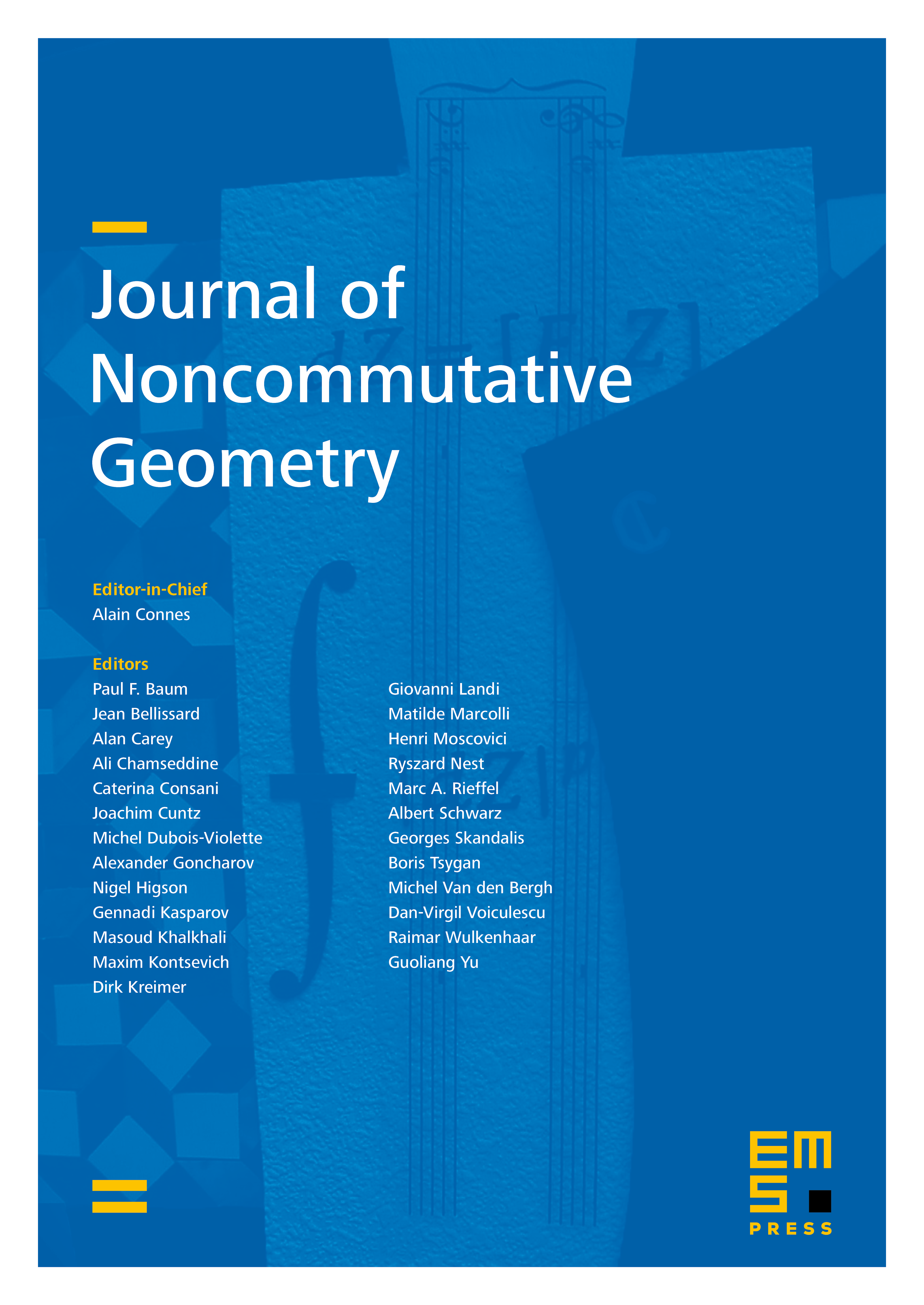Noncommutative quadric surfaces
S. Paul Smith
University of Washington, Seattle, USAMichel Van den Bergh
University of Hasselt, Diepenbeek, Belgium

Abstract
The 4-dimensional Sklyanin algebra is the homogeneous coordinate ring of a noncommutative analogue of projective 3-space. The degree-two component of the algebra contains a 2-dimensional subspace of central elements. The zero loci of those central elements, except 0, form a pencil of noncommutative quadric surfaces. We show that the behavior of this pencil is similar to that of a generic pencil of quadrics in the commutative projective 3-space. There are exactly four singular quadrics in the pencil. The singular and non-singular quadrics are characterized by whether they have one or two rulings by noncommutative lines. The Picard groups of the smooth quadrics are free abelian of rank two. The alternating sum of dimensions of Ext groups allows us to define an intersection pairing on the Picard group of the smooth noncommutative quadrics. A surprise is that a smooth noncommutative quadric can sometimes contain a “curve” having self-intersection number −2. Many of the methods used in our paper are noncommutative versions of methods developed by Buchweitz, Eisenbud and Herzog: in particular, the correspondence between the geometry of a quadric hypersurface and maximal Cohen–Macaulay modules over its homogeneous coordinate ring plays a key role. An important aspect of our work is to introduce definitions of noncommutative analogues of the familiar commutative terms used in this abstract. We expect the ideas we develop here for 2-dimensional noncommutative quadric hypersurfaces will apply to higher dimensional noncommutative quadric hypersurfaces and we develop them in sufficient generality to make such applications possible.
Cite this article
S. Paul Smith, Michel Van den Bergh, Noncommutative quadric surfaces. J. Noncommut. Geom. 7 (2013), no. 3, pp. 817–856
DOI 10.4171/JNCG/136